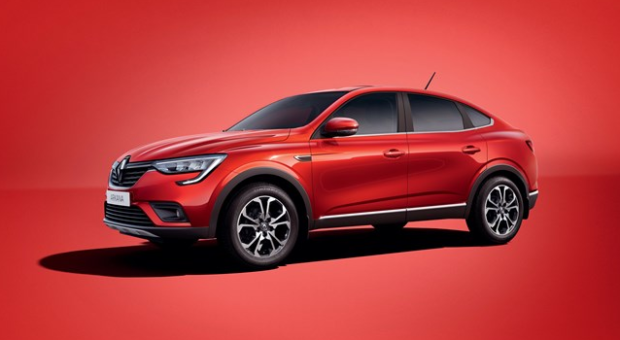
Are you in the market for a new car but don’t want to break the bank? If so, buying a second-hand SUV could be the perfect solution.
With the wide range of models available, you can find an SUV that suits your needs and budget. In this article, we’ll walk you through the process of how to buy a second-hand SUV, step by step.
Step 1: Determine Your Budget
Before you start shopping, it’s essential to know what you can afford. Keep in mind that when buying a used car, you’ll need to factor in additional costs such as insurance, maintenance, and repairs. Take some time to research the average costs of owning a used SUV in your area, and use this information to determine your budget.
Step 2: Choose the Right Model
Once you have a budget in mind, it’s time to start researching the different models available. Keep in mind that SUVs come in all shapes, sizes, and prices, so it’s important to find one that meets your specific needs. Consider factors such as:
- Space: If you have a large family or frequently transport a lot of cargo, a larger SUV may be a better fit.
- Performance: If you want a car that can handle tough terrain, look for an SUV with good ground clearance and a robust engine.
- Fuel efficiency: If you want to save on gas, look for a more fuel-efficient model.
Step 3: Check the Vehicle History Report
Once you have found a few models that you are interested in, it’s time to check their vehicle history report. This report will give you valuable information about the car’s history, such as any accidents or repairs. To obtain a vehicle history report, you can use a service such as CARFAX or AutoCheck.
Step 4: Test Drive the Car
Before making a final decision, it’s crucial to take the car for a test drive. During the test drive, pay attention to how the car handles and make note of any strange noises or vibrations. You should also check that all the electrical and mechanical systems are functioning properly.
Step 5: Negotiate the Price
Once you have found the right car, it’s time to negotiate the price. The seller may be willing to lower the price, especially if the car has been on the market for a while. However, be careful not to overpay for a used car. Do your research, and know the fair market value of the vehicle before negotiating.
Step 6: Close the Deal
If you’ve found a car that you are happy with and have successfully negotiated the price, it’s time to close the deal. Make sure you have all the necessary paperwork, including the vehicle’s title and registration. You may also want to purchase a warranty or an extended service plan to give you added peace of mind.
In conclusion, buying a second-hand SUV can be a great way to save money while still getting the car you need. Just be sure to do your research, and follow these steps to ensure a smooth and stress-free purchase.
















